Clean Beauty Brands: A Dermatologist’s Perspective
Clean beauty brands trending the last couple years – fact or fad? How Dr.TWL Pharmacy, the dermatologist approved beauty pharmacy sets the tone right.
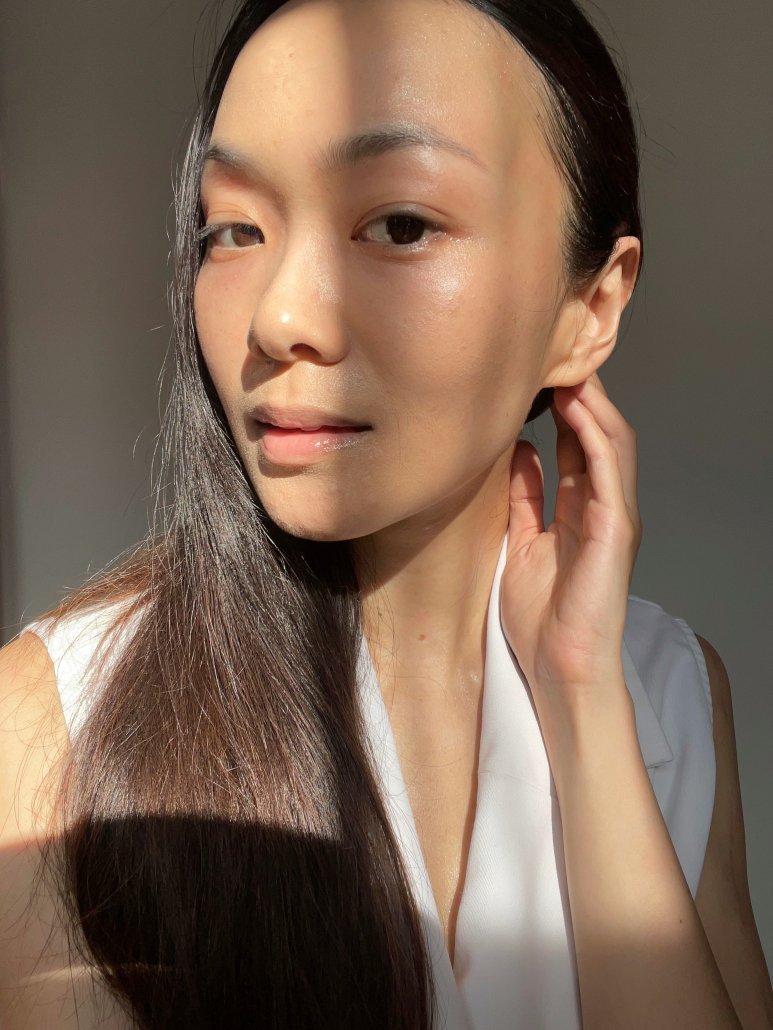
Clean beauty as a beauty trend is probably loosely defined as skincare and makeup that does not contain “chemical nasties”. At least, this is how the marketing spiel goes.
Clean beauty is definitely one of the top marketing trends in beauty in the last few years. There is some controversy too. Many scientists and dermatologists have spoken out on the lack of scientific basis to marketing claims. Is clean beauty truly an unscientific concept? We explore both perspectives in this interview with our founder and accredited Singapore dermatologist Dr. Teo Wan Lin.
How did the trend of clean beauty arise?
The overall trend in beauty is going towards one that is in which consumers are more educated about active ingredients. The internet is a powerful source of knowledge, though it can go both ways. Amateurs or self-styled skin experts, doctors who are not dermatologists, all have an ‘expert opinion’ on skin. Nevertheless, we know that more knowledge is always a good thing. As dermatologists, our responsibility in the online beauty world should however fight beauty misinformation.
The FDA has in recent years raised the alarm on certain ingredients. These are found in cosmetics and skincare as preservatives or additives. These either have unknown or questionable effects on the human body. To note, as these skincare additives have been “safely” used for decades. What’s new is the long term effects or new mechanisms of action discovered.
Should we worry about “nasties” in our skincare and cosmetics?
Cosmetic companies and even pharmaceutical companies have been traditionally using these ingredients as either stabilizers or additives in their skincare formulas.
Clean beauty is a good trend in the sense that we are paying more attention to what is in our skincare. As dermatologists, we ought to be concerned about possible health effects of various cosmetic additives as well. In science, one should always keep an open mind and pay attention.
What are the pros and cons of clean beauty brands hogging the beauty spotlight?
Clean beauty as a beauty trend can lead to innovation from a scientific standpoint and also protect the needs of consumers. The controversy really is the marketing of skincare as organic or natural. Organic or natural skincare- these terms are first of all unregulated in the field of beauty and cosmetics.
Secondly, it is usually not possible for a stable, off the shelf formula to be 100% natural. Assuming that we all agree on what “natural” is. In the mind of the consumer, usually what they can recognise as a food ingredient or as the name of a plant.
The term natural itself has not been properly defined. This is the problem with ‘clean beauty’. Food which can be organically certified. Based on agricultural practices for example.
As a dermatologist, I find it difficult to put that label on a skincare product. Also, when there is no official regulation, do we expect the same level of due diligence by cosmetic manufacturers?
What is the most scientific approach to clean beauty?
Clean beauty brands can make claims without substantiating it. Cosmetic regulatory approval via FDA or HSA only ensures there are no banned ingredients. The list of questionable ingredients flagged by FDA is likely present in most skincare products. This doesn’t mean that they are harmful. An ignorant approach to clean beauty is to formulate a product which grows mold and harmful microorganisms in storage . Most of the time, this is what happens.
I don’t think responsible clean beauty brands should be labeling skincare as organic or natural. It falls really short of what we expect from a scientific perspective at least.
Discuss with your chemist your concerns – and market responsibly.
I would explore the field of ethnobotany- as the basis of a truer definition of ‘clean beauty’. We could also call it ‘green beauty’ or ‘conscious beauty’.
Ethnobotany has been in existence from ancient times.The study of medicinal plants actually forms the basis of modern day pharmaceuticals. Whether we as doctors and scientists wish to admit it or not. Many pharmaceutical actives are drug derivatives from what is present in plants. These have been repackaged and extracted in the pharmacology industry and are known as drugs to us.
The confluence of botany and dermatology is a very interesting field. It is one in particular that benefits us. I am all for the clean beauty trend, as long as we know what we are talking about. Being clean – environment wise, skin health wise and being free of microbial contamination and degradation.
Dr. TWL Pharmacy Exclusive is a range launching this month. It is amongst cost-effective clean beauty brands which have products not just good for the skin, but also for the environment.The latest MIRACLE Face Oil Serum by Dr.TWL Pharmacy features a 100% pure plant extract. As a dermatologist, can you explain how this works? How is there no chemical additive needed?

The Miracle Face Oil is 100% plant oil. Plant oils are incorporated as extracts in skincare. Either in serums or as additives in our traditional creams or cleansers.
It usually is a small percentage of the entire formulation. Mainly because these oils are expensive.
Dermatology research shows many of these can improve patient outcomes. For eczema, plant oils are a suitable source of naturally occurring phytoceramides. This can effectively replace bovine or synthetic sources of ceramide. Many cosmeceutical actives found in plants help acne and rosacea.
There are naturally occurring preservatives in many of these 100% pure plant extracts. These negate the need for an artificial preservative. Additives in skincare and makeup are the commonest cause of allergic/irritant contact dermatitis. However, many plant essential oils cause skin allergies too. In fact, these commonly cause caustic chemical burns when used in high concentrations.
The dose makes the poison- that is true in cosmetic skincare formulation too. Also the choice of active plant extract is paramount, not all plant extracts are tolerable or effective for skin.
This is the primary cause for concern for individuals who are very enthusiastic about this clean beauty movement. The key here is also to strike a balance between what we have been conditioned to believe about clean beauty and what the true science says.
As a dermatologist, what do you think clean beauty brands should strive for?
Clean beauty brands’ marketing along the lines of homemade or organically grown is questionable. Rather, skincare brands must work on these principles:
Create skincare that is free of unnecessary additives. Particularly those which have questionable effects on the body long term. Ensure that the active ingredients are stable and free from microbial contamination.
The biggest problem with natural or organic skincare is that it very likely doesn’t retain efficacy. A properly formulated cosmeceutical would. The environmental footprint of the beauty industry is also equally important.
Green beauty and clean beauty marketing is effective in terms of getting the word out. Everything we do (our personal care hygiene products too), has the ability to create either a positive or negative environmental footprint.
We should be conscious about our choices in this respect as well. Choose products that do not contribute to toxic environmental runoff that harms wildlife – botanical emulsifiers that are biodegradable are preferred. Same goes for our laundry detergent. If its bad for the environment, its likely not too good for sensitive skin either
Dr.TWL Pharmacy’s makeup lab concept features customised no waste makeup. How is this a greener choice for those into clean beauty products?
Cosmetic brands interested in the clean beauty movement should minimize excessive packaging waste. Refillable products, as well as a makeup palette concept can help. The heart of the Custom Makeup Lab are the SILVEXIA makeup palettes. These beautiful silver palettes are magnetic, refillable and 100% customisable. In fact, our INFINITY makeup palette is the entire lip lab concept in 1 single palette.
Tired of your current makeup colours? The makeup concept at Dr.TWL Lip Lab does not require you to switch out to a brand new palette. Simply mix yourself another tin and order refills of our base when you are out of it.
The pharmacy prefers to adopt the term Conscious Beauty. Tell us why.
The rise of clean beauty brands, these are great advancements in the market.
Green and clean beauty – these are the commonest terms associated with the clean beauty movement. I like to use the term ‘conscious beauty’ because it is most meaningful.
This very delicate ecosystem we are creating for our brand is science and art.
For our skin – creating an ideal micro environment, the skin cells and cell functions thrive. On a broader perspective, it is also part of a larger ecosystem. Living in harmony with nature. We must not forget nature is the core of beauty, in skincare and in our existence. In skincare, nature has endowed us with valuable plant actives. Our responsibility is to ensure sustainable agricultural practices. These are the very basis of our raw ingredients and skincare. Protecting wildlife and respecting all living creatures. We must remember we own nothing on this earth. We should not act like anything is really “ours”. Ignore the role tiniest insects plays in our ecosystem, we would have no nature as well. Being aware of this ecosystem is the first step towards establishing any sort of standard for green beauty or clean beauty.
How do you define a clean beauty brand?
The terms are varying and as there is no global body which truly defines and governs products that are clean, natural or sustainable, do you find you have to explain the differences (pros- and cons) to your patients?
I agree there is a lack of clarity. My opinion is dermatologists who have a personal interest in environmental sustainability are well positioned to comment on this. I personally support the global movement for sustainable beauty. This however is not about using DIY organic ingredients, which is probably the healthiest for food but not for skincare. There are clearly chemical additives which are not strictly necessary, readily replaceable and show potential disruption of our body’s physiological processes with long term exposure. Many natural ingredients are toxic in high concentrations. The key is to replace cheap chemical additives that potentially irritate skin or harm the body in the long term- usually used as preservatives– with clever use of formulation (solid vs liquid for eg requires less or no preservatives) and naturally anti-microbial plant additives which cause no harm to the body.
Is it possible for clean beauty brands to create a product which is environmentally, skin-friendly and also efficacious?
Yes definitely. The key is to inhibit microbial growth in liquid products for a reasonable shelf life. Parabens have a bad rep, but short chain parabens are found in honey for eg, as a naturally occurring preservative. They are used in almost all topical medicated creams in dermatology. Moreover, replacing it with an alternative may not always make the product superior. In fact, if poorly formulated, the product itself will not deliver results and may even become unsafe with storage.
Why is conscious beauty important?
We are all in this together. Our actions all have consequences. It is ignorant to think that climate change will magically halt. I think it also depends on whether one truly understands the impact of our actions on the environment– education is important here.
As a dermatologist- clean to me means minimal irritation and toxicity. We have replaced many irritating prescription items with botanical actives in our pharmacy.
As an individual, I am personally passionate about ecosystems. Over the years I begin to think that life ultimately starts and ends in the garden, in soil which itself is a living organism. However, the less knowledge one has about ecosystems or biology in general, the easier it is to ignore sustainability.
What is the distinction between Dr TWL Pharmacy products and other clinical grade products?
We have a skin pharmacy which focuses on functional dermatology. This is a unique field where I combine my knowledge of botany and dermatology– an emerging field known as ethnobotany. The therapeutics of the dermatology specialty are different from other fields in medicine. Our therapeutics are 90% topicals many of which we compound in our pharmacies traditionally. This is because our dosages are in terms of concentrations, unlike other drugs which are in terms of frequency or number of tablets consumed. Replacing prescription drugs with pharmaceutically active botanicals, for example, Berberine which is dosed in 10, 15 and 20% in my practice for acne.
Berberine is not readily incorporated as topicals in over the counter acne care products. The fact that we do small batch in-house compounding reduces the overall environmental impact -packaging waste involved in bulk production. As a manufacturer of bulk cosmeceuticals under our main brand Dr.TWL Dermaceuticals, we have direct access to reliable raw material growers/suppliers which enables us to enjoy the best of both worlds. The upcoming launch of our 2022 cosmeceutical formulation update features allergen-free fragrances, which is in my opinion better than preaching “no fragrance” when it comes to certain skincare products. This is because aromatherapy and skincare are intricately in link to the overall sensorial experience of a skincare regime. The development of a product also involves consideration of how cosmetically acceptable it is to an individual- scent and texture are important features.
What is the one clean beauty product that you have used with good results in your dermatology practice?
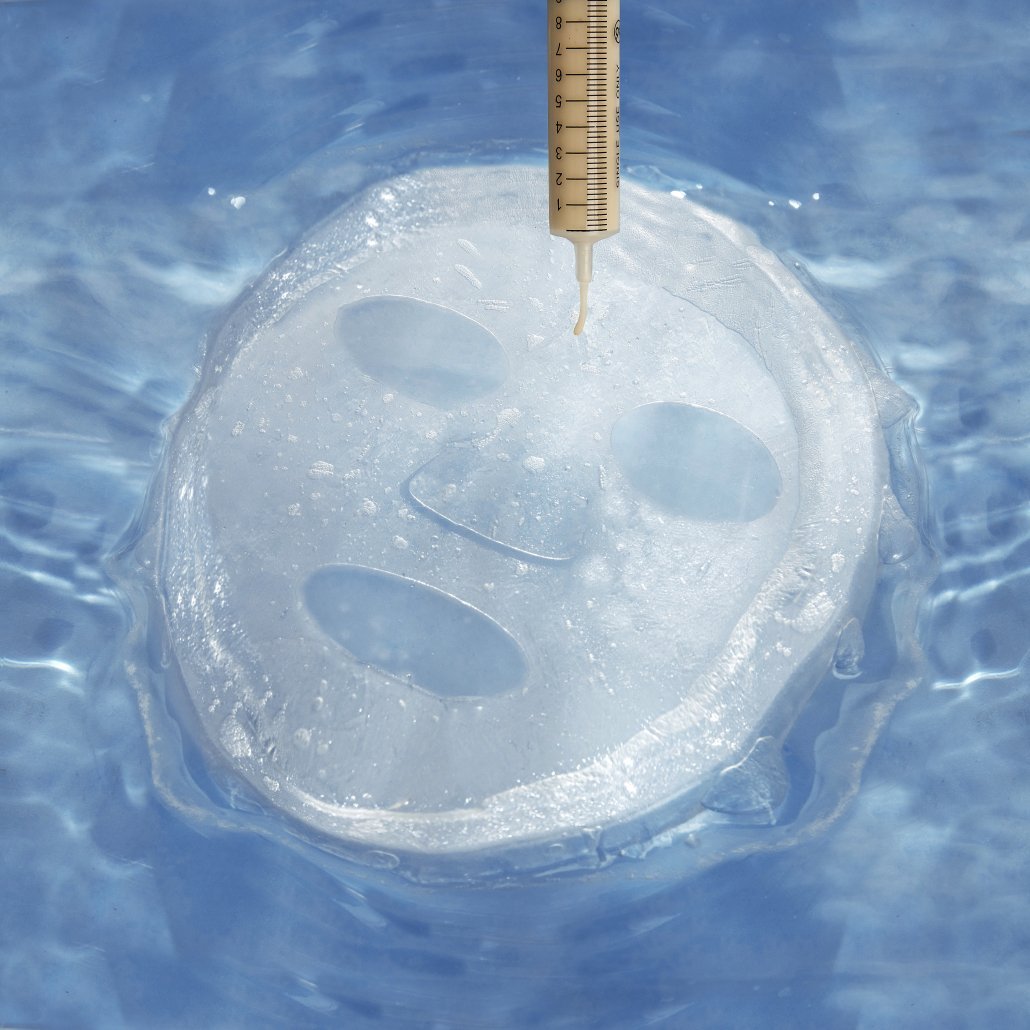
The Berberine acne treatment cream is delivered with a 100% vegetal mask, a polysaccharide material that innately delivers moisture to the skin without other additives. It is also biodegradable and designed to be reusable several times for up to 7 days.
We have trialed this as a substitute for traditional acne creams with good results in my dermatology practice for the last 2 years.
How can individuals play a part in the clean beauty movement responsibly?
I think most people have a better idea about skincare than the environment or ecosystems. This is really because of marketing dollars in the beauty industry. The sustainable beauty, conscious beauty movement is a blessing because it motivates brands to educate the public on environmental impact.
I started our online pharmacy arm as a key component of our teledermatology service in 2019, serendipitously a few months before the pandemic started. Our telemedicine service is now coming to 3 years old, so we are blessed with operational experience. The pharmacy is expanding to include holistic lifestyle interventions which are my passions outside of dermatology – designing colour-coded home cooked meals with a bento lunch box for example.






Edible Beauty
As well as urban farming with hydroponic systems. It’s part of my efforts to educate the public on the importance of understanding our relationship with the environment – in the most tangible way possible: food. We should not fixate on beauty as a purely material concept – I share in my podcast my work in the brain-skin connection which suggests that there should be more individual investment in psychological wholeness.

Edible beauty, which is also the title of my book on nutraceuticals is a concept which I feel can broaden the individual’s perception of beauty. Eating nutritious foods has a direct impact on our physical health and mental health. Part of my work investigating the science of beauty besides the brain-skin connection is the gut-skin connection. Both of which support the inside-out beauty which have clear scientific basis. So besides my garden, this project will be the other ecosystem I’ll be working on this year.
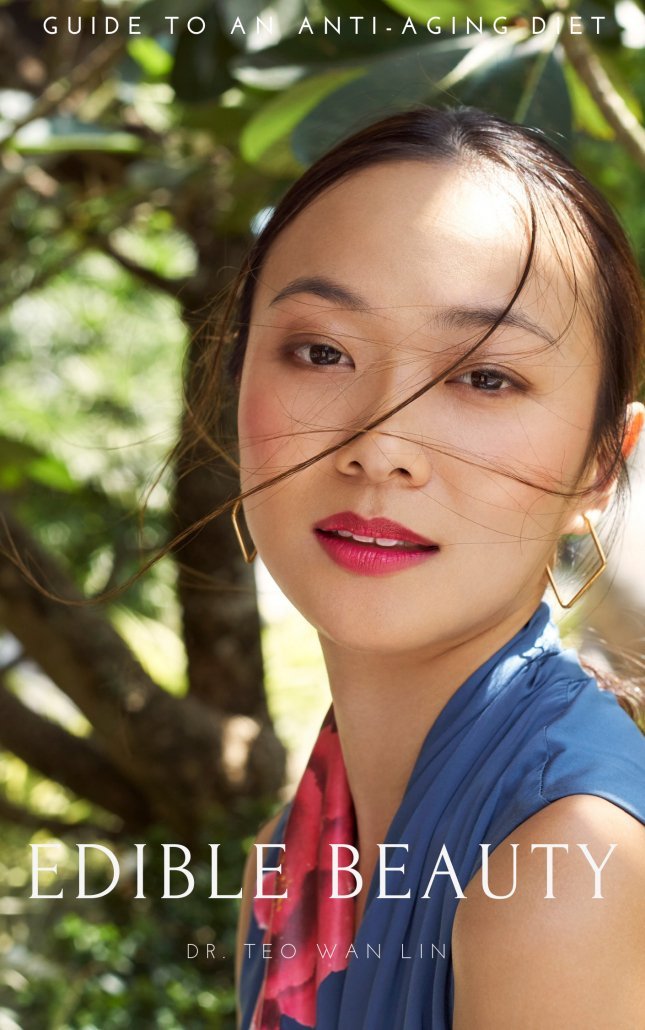
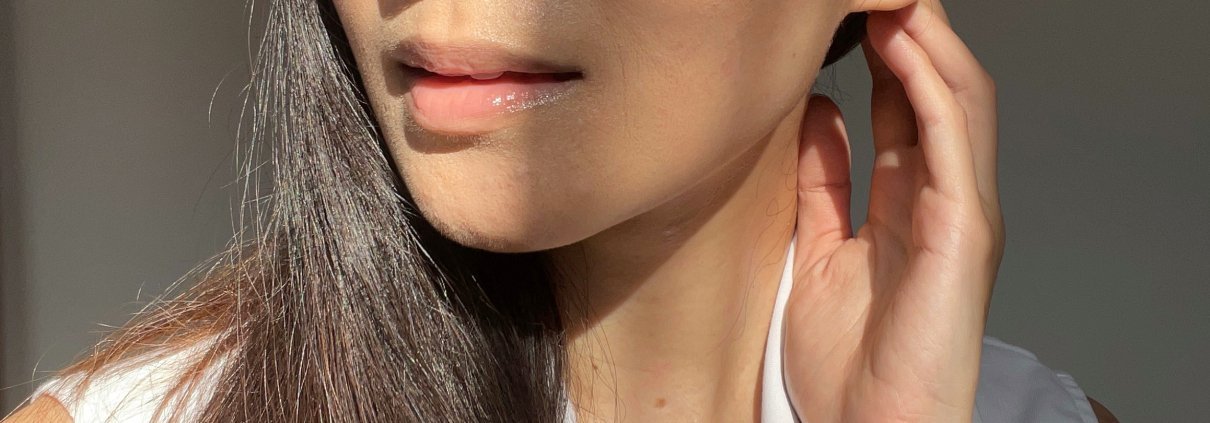

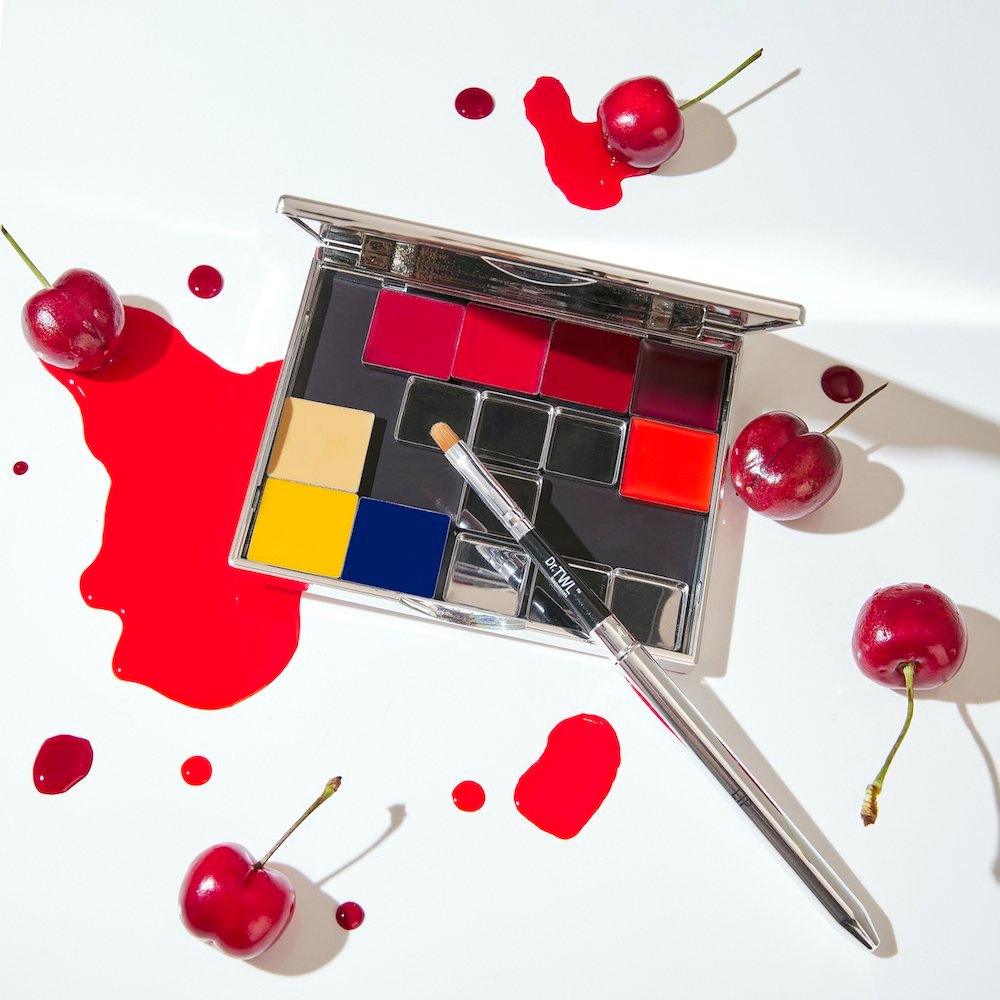








Leave a Reply
Want to join the discussion?Feel free to contribute!